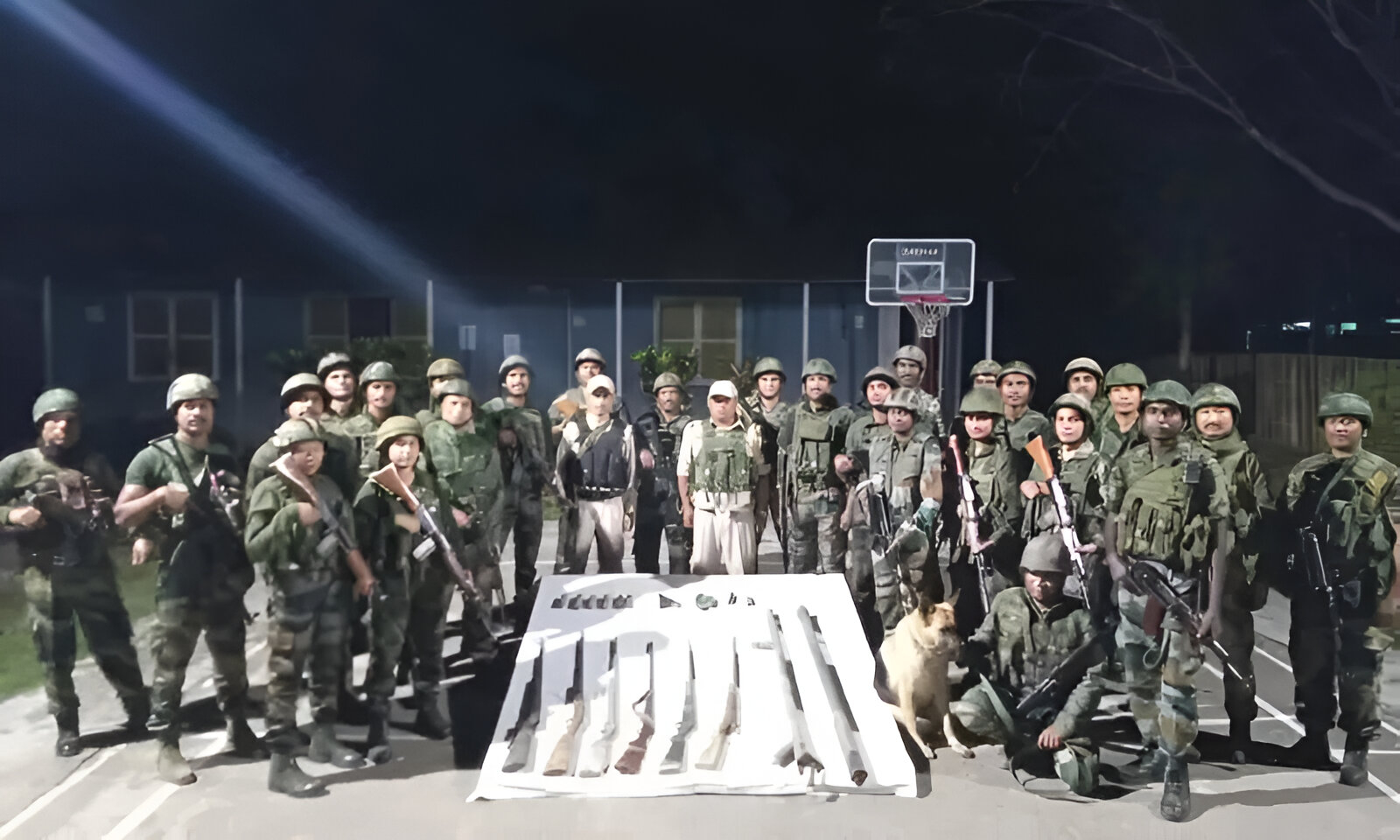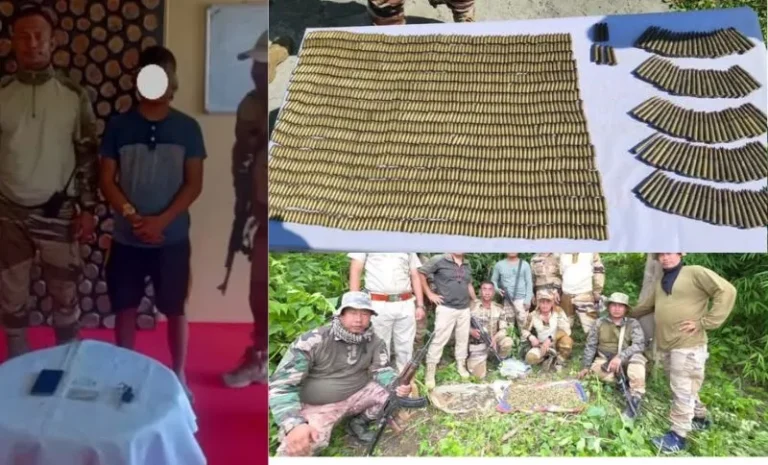Security Forces Seize 103 Explosives at Manipur-Assam Interstate: A Comprehensive Analysis
*In a significant security operation, central paramilitary forces, in coordination with the Manipur police, seized 103 explosive devices at three locations along the Manipur-Assam interstate, specifically in the Jiribam district. *
The Operation: A Detailed Account
Over a span of 24 hours, security forces conducted intelligence-based operations at Uchathol Mayai Leikai, Moulzawl, and Binselu in the Jiribam district. The operations led to the recovery of 100 sticks of Stardyne-910 explosives, weighing approximately 12.5 kilograms, 20 live rounds of 5.56 mm ammunition, an improvised explosive device (IED), gelatin sticks, locally made mortars, bombs, firearms, and ammunition.
Understanding the Seized Explosives
To appreciate the gravity of this seizure, it’s essential to understand the nature of the explosives and weapons recovered:
- Stardyne-910 Explosives: These are high-powered explosives commonly used in mining and construction. In the wrong hands, they can be repurposed for destructive activities.
- Improvised Explosive Devices (IEDs): Homemade bombs that can cause significant casualties and damage, often used in asymmetric warfare.
- Locally Made Mortars and Firearms: Indigenous weapons indicate local manufacturing capabilities, posing challenges for security forces in tracking and controlling their distribution.
Implications for Regional Security
The seizure of such a substantial cache of explosives and weapons has several implications:
- Prevention of Potential Attacks: The timely intervention likely thwarted planned attacks, safeguarding lives and property.
- Insight into Militant Activities: The variety and quantity of weapons suggest organized efforts by militant groups to destabilize the region.
- Challenges in Border Security: The operation underscores the porous nature of interstate borders and the need for enhanced surveillance and intelligence-sharing mechanisms.
The Broader Context: Militancy in Northeast India
Northeast India has a history of insurgency movements, with various groups advocating for autonomy or independence based on ethnic and regional identities. States like Manipur and Assam have witnessed armed conflicts, often fueled by grievances related to political representation, economic development, and cultural preservation.
Recent Trends and Developments
In recent years, while some insurgent groups have entered peace talks, others continue their armed struggle. The proliferation of locally made weapons, as evidenced by this seizure, indicates evolving tactics and resourcefulness among these groups.
Government and Security Responses
The Indian government has adopted a multi-pronged approach to address insurgency:
- Military Operations: Conducting targeted operations to dismantle militant infrastructure.
- Peace Negotiations: Engaging insurgent groups in dialogue to address their grievances and integrate them into the political mainstream.
- Development Initiatives: Implementing economic and infrastructure projects to address underlying socio-economic issues that fuel insurgency.
The Role of Local Communities
Local communities play a pivotal role in the security landscape:
- Intelligence Sharing: Residents can provide crucial information about suspicious activities, aiding security forces.
- Community Policing: Building trust between law enforcement and communities ensures better cooperation and reduces the appeal of militant ideologies.
Challenges Ahead
Despite successes like this operation, several challenges persist:
- Adaptive Tactics by Militants: Insurgent groups continually evolve their strategies, making it imperative for security forces to stay ahead.
- Cross-Border Dynamics: Proximity to international borders introduces complexities, including potential support for militants from across borders.
- Balancing Security and Rights: Ensuring security measures do not infringe upon the rights and freedoms of local populations is crucial for maintaining public trust.
Conclusion
The seizure of 103 explosives at the Manipur-Assam interstate is a testament to the vigilance and effectiveness of security forces. However, it also highlights the ongoing challenges in ensuring regional stability. A comprehensive approach, involving robust security measures, community engagement, and addressing root causes of insurgency, is essential for lasting peace in Northeast India.
FAQs
- What types of explosives were seized in the recent operation?
- The operation led to the recovery of 100 sticks of Stardyne-910 explosives, an improvised explosive device (IED), gelatin sticks, and other locally made bombs.
- Where did the security operations take place?
- The operations were conducted at Uchathol Mayai Leikai, Moulzawl, and Binselu in the Jiribam district along the Manipur-Assam interstate.
- What is the significance of the seized Stardyne-910 explosives?
- Stardyne-910 is a high-powered explosive commonly used in industrial applications but can be misused for destructive purposes by militant groups.
- How do locally made weapons impact regional security?
- The presence of locally manufactured weapons indicates the capability of insurgent groups to produce arms, complicating efforts to control weapon proliferation.
- What measures are being taken to prevent such incidents in the future?
- Security forces are enhancing intelligence operations, community engagement, and inter-agency coordination to prevent the proliferation of illegal weapons and explosives.




